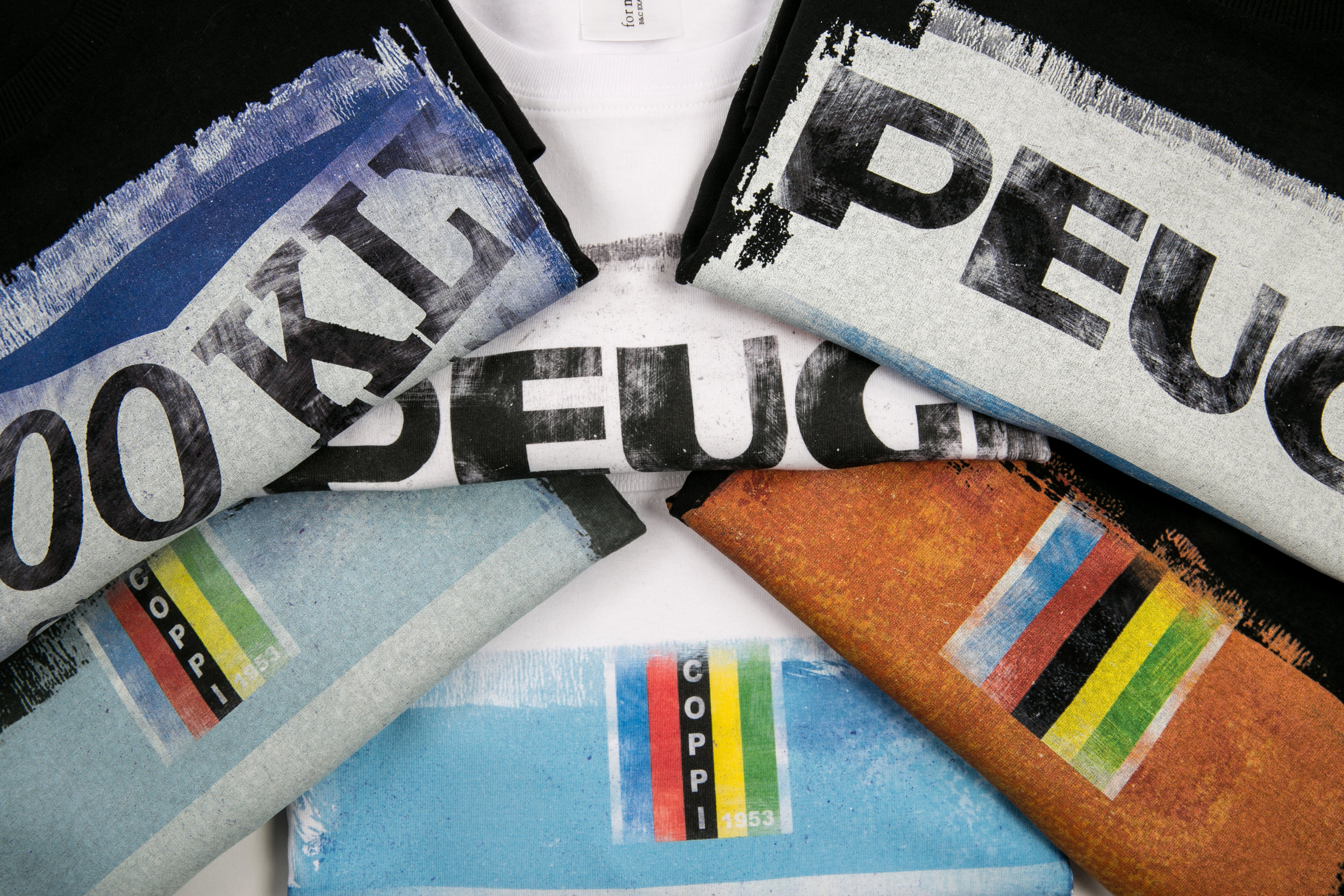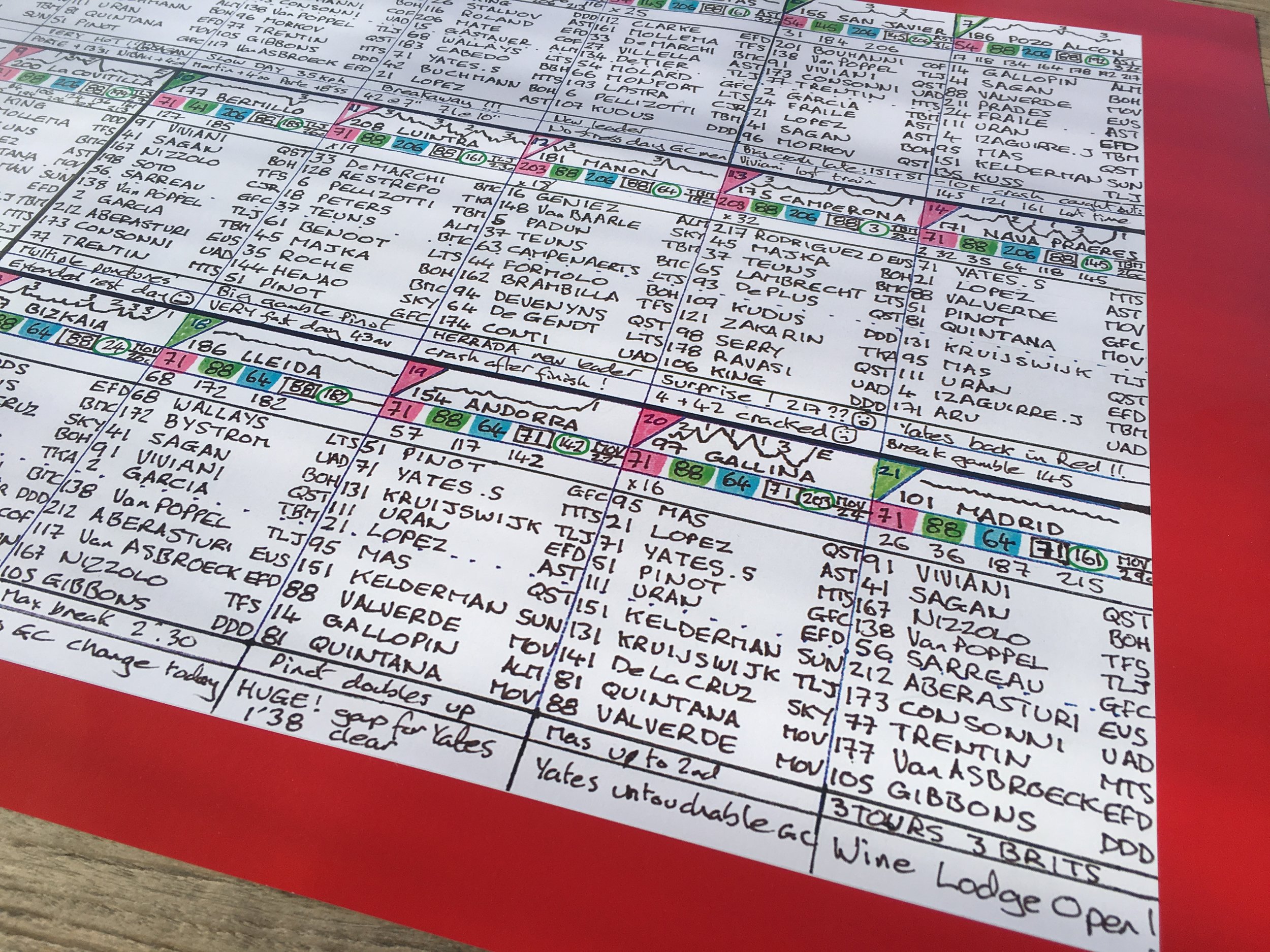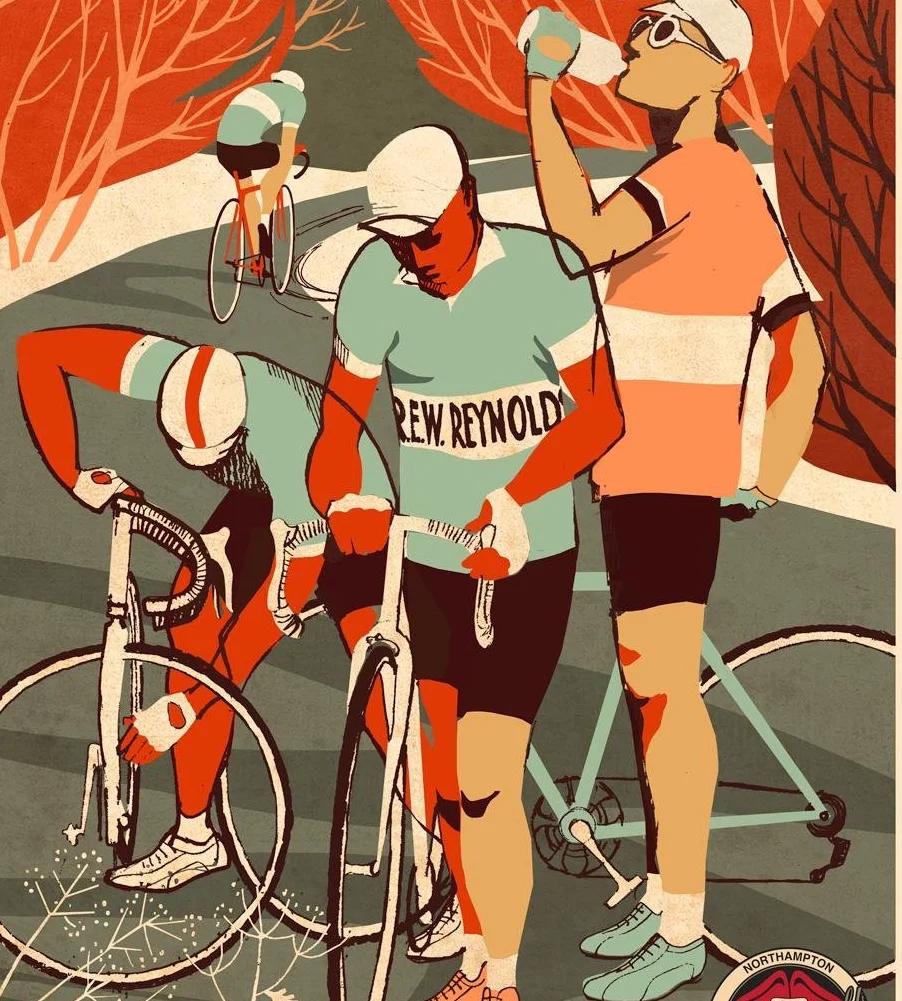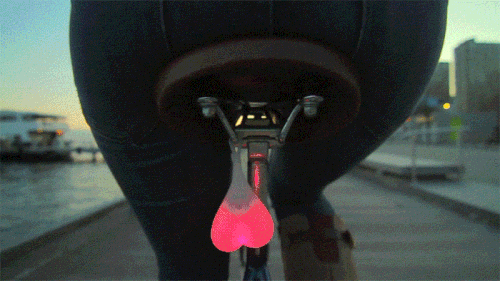Someone once told me that my bad luck when it came to getting punctures was God’s way of punishing me for past sins. Obviously they were catholic and, while I hold no truck with superstition, I often wonder why it is that it’s always me pulling up by the side of the road to curse and grapple tyre levers with numb fingers.
Clearly, my tyre replacement skills have never really been up there with the best. The last sportive I did I had three flats in quick succession all because of pinched inner tubes or from not cleaning debris from the tyre properly. With such bad luck and poor bike maintenance skills, the thought of solid tyres that don’t puncture has always been particularly appealing to me.
So I was intrigued to visit the Tannus airless tyres stall at this year’s London Bike Show to see if they had a solution to my problems. While airless tyres have been around since Victorian times of course, the problems have always been lack of comfort for the rider, greater rolling resistance, poor grip and the extra weight they carry. But recent variations of the solid tyre have generally been deemed to be acceptable for general commuter use, but not quite up to scratch if you want to get a decent performance out of a road bike.
The Ukraine national track team announced that this season their riders will be using solid tyres manufactured by Tannus on their training bikes. After testing them for six months they decided to use them on regular road bikes and track bikes fitted with brakes for outside training. They do still have an extra rolling resistance of about 2% higher than a regular tyre but the Ukrainians like that for their training because it makes them work harder.
While the Ukrainians won’t be using them in competition just yet, how much would a regular club rider notice the difference? Tannus have developed a unique polymer called Aither. When they tested it against a regular tyre they found that, when pedalled at the same output, the Tannus reached 29 kph to the traditional tyre’s 30 kph.
The question is, while a professional bike racer would never want to, would you notice or care if you lost that 1 kph on a Sunday club run or 100 mile sportive? I know that, given my luck with punctures, I’d probably be crossing the finishing line quite a bit earlier!
Tannus’s latest product, the Aither 1.1, will apparently last for 6,000 miles, weighs only 380g, about the same as or even less than a regular tyre/tube combination and will fit onto your clincher rims. They come in 12 distinctive colours which could prove popular with the urban fixie crowd. Brompton riders aren’t left out either – there’s a model to fit your funny little wheels too! At £99 for a pair I reckon any extra cost will be made up after a couple of punctures.
They’re also safe: last year TUV Rhineland, the prestigious independent safety body from Germany ran a series of tests including braking distance, side slip in wet and greasy conditions, effects of high and low temperatures and the impact of heavier riders. They found that they at least matched the performance of pneumatic tyres.
If I never have to replace a punctured tube again I will indeed be a happy man. Ironically, the only downside I can see so far is that fitting these solid tyres looks tricky, although Tannus do say that their dealers will fit them for you if you want. At the time of writing I’m waiting for Tannus to send me a pair so we’ll let you know how these clumsy fingers get on with that task. I’ll also be testing them to see if I notice that lost 1 kph. Watch this space!































































